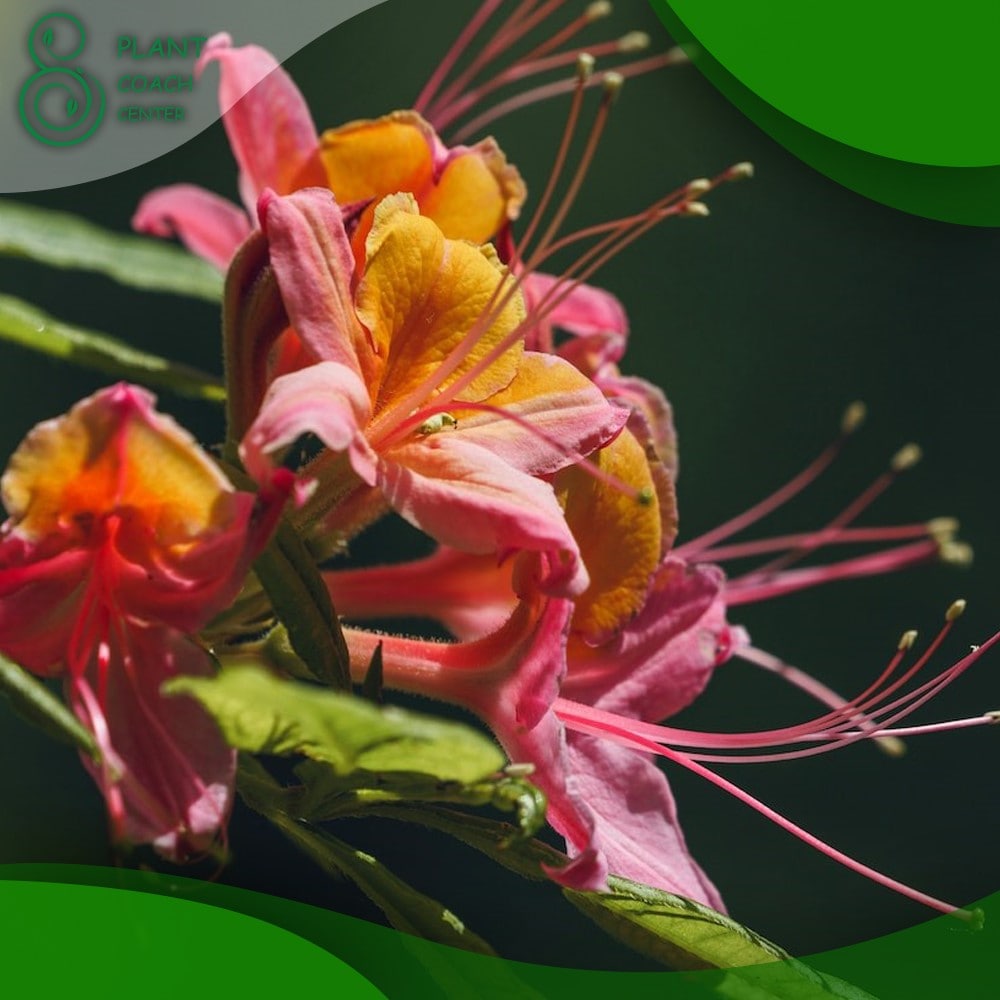When Do You Trim Azaleas
Azaleas are beautiful flowering shrubs that are popular in gardens and landscapes around the world. They are known for their colorful blooms and evergreen foliage, which can provide year-round interest in the landscape. However, in order to keep azaleas looking their best, it is important to know when and how to prune them.
In this article, we will discuss the best time to trim azaleas, the techniques for trimming them, and the dos and don’ts of azalea pruning. We will also cover common azalea problems and their solutions, and offer tips for caring for azaleas after pruning. This article is brought to you by plantcoachcenter.com, a leading online resource for plant care information and advice.
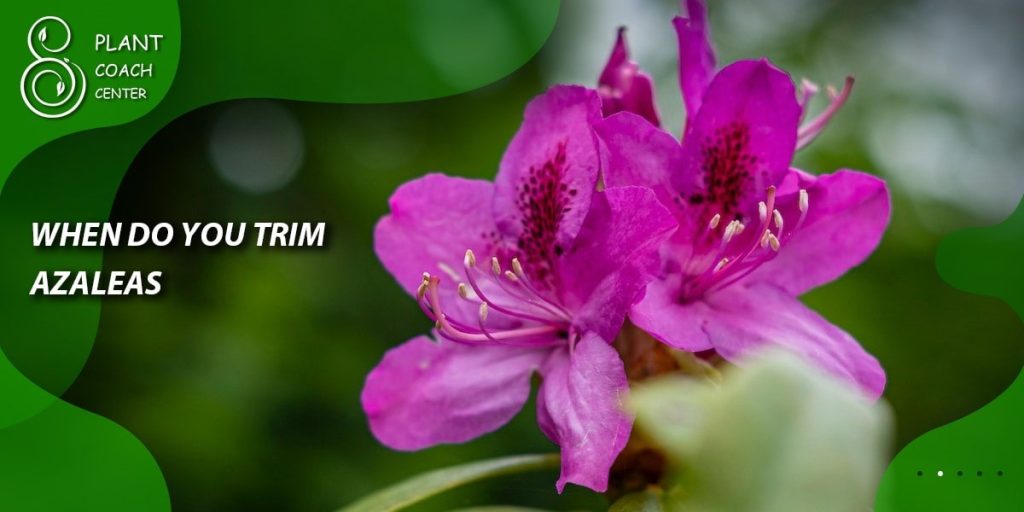
Understanding Azaleas
Azaleas are members of the Rhododendron family and are native to Asia, Europe, and North America. They are classified into two main groups: evergreen and deciduous. Evergreen azaleas have leaves that remain on the plant year-round, while deciduous azaleas drop their leaves in the fall.
Azaleas are known for their showy flowers, which can range in color from white to pink, red, purple, and even yellow. They typically bloom in the spring, though some varieties may also flower in the fall.
Reasons for Trimming Azaleas
There are many reasons to trim azaleas, including their health and appearance. Trimming azaleas can help promote healthy growth, remove dead or diseased branches, and improve air circulation around the plant.
It can also help to shape the plant and encourage more blooms. Additionally, trimming azaleas can help to prevent the plant from becoming too large and overpowering its surroundings.
Timing of Trimming Azaleas
The best time to trim azaleas is after they have finished blooming in the spring. This allows the plant to recover from pruning and to set new buds for the following year’s blooms. It is important to avoid pruning azaleas in the fall, as this can remove the buds that will produce next year’s flowers.
Additionally, pruning azaleas in the winter can be damaging to the plant, as the cold weather can make it more vulnerable to disease and pests.
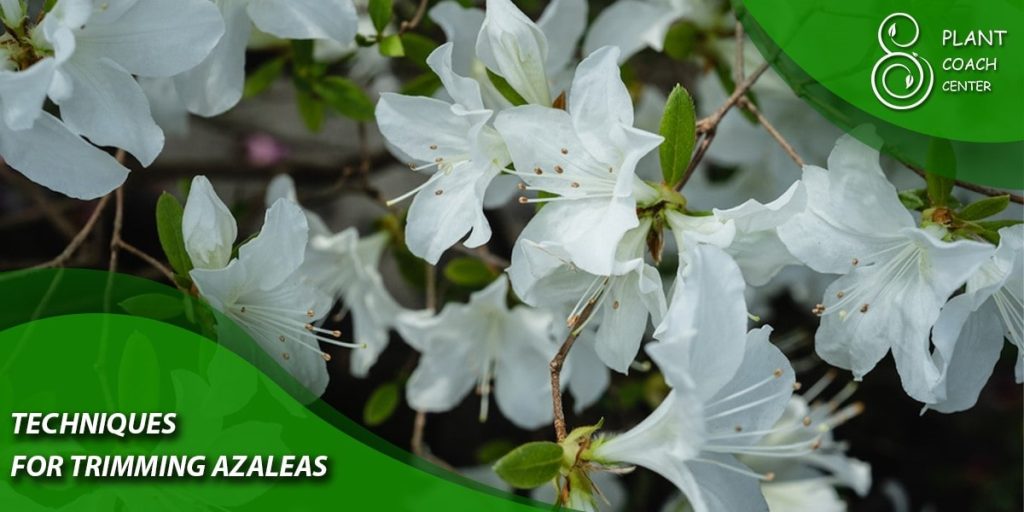
Techniques for Trimming Azaleas
When trimming azaleas, it is important to use sharp, clean tools and to make cuts at a 45-degree angle. It is also important to remove any dead or diseased branches, as well as any branches that are crossing or rubbing against each other. To shape the plant, it is best to make cuts just above a leaf node or bud.
It is also important to avoid cutting into the main stem of the plant, as this can cause damage and weaken the plant.
Effects of Trimming Azaleas at the Wrong Time
Trimming azaleas at the wrong time can have negative effects on the plant’s bloom production and health. Late trimming can lead to fewer blooms, reduced bloom size, and weak growth. It can also leave the plant vulnerable to disease and pest infestations.
How to Trim Azaleas
Trimming azaleas is a simple process that can be done with basic tools. It’s important to use sharp tools to make clean cuts and to avoid removing too much of the plant at once.
Tools and techniques for trimming azaleas: You’ll need pruning shears, loppers, and a pruning saw for larger branches. Make sure your tools are sharp and clean.
Step-by-step guide to trimming azaleas: Start by removing any dead or diseased wood, then shape the plant to the desired size and shape. Be sure to make clean cuts and avoid removing too much of the plant at once.
Tips for optimal azalea health and bloom production: In addition to proper trimming, it’s important to maintain proper soil pH, fertilize appropriately, and provide adequate moisture and sunlight.
Trimming Azaleas: Dos and Don’ts
When trimming azaleas, there are several things to keep in mind. Do make cuts at a 45-degree angle, as this will help the plant to heal more quickly. Do use sharp, clean tools, as this will reduce the risk of disease transmission. Do remove any dead or diseased branches, as well as any branches that are crossing or rubbing against each other.
Don’t prune azaleas in the fall or winter, as this can damage the plant and reduce the number of blooms. Don’t cut into the main stem of the plant, as this can weaken it and make it more susceptible to disease.
Caring for Azaleas After Trimming
After trimming azaleas, it is important to water them deeply and regularly to help them recover from pruning. It is also important to fertilize them with a balanced fertilizer to provide the nutrients they need to grow and bloom. Additionally, it is a good idea to mulch around the base of the plant to help retain moisture and suppress weeds.
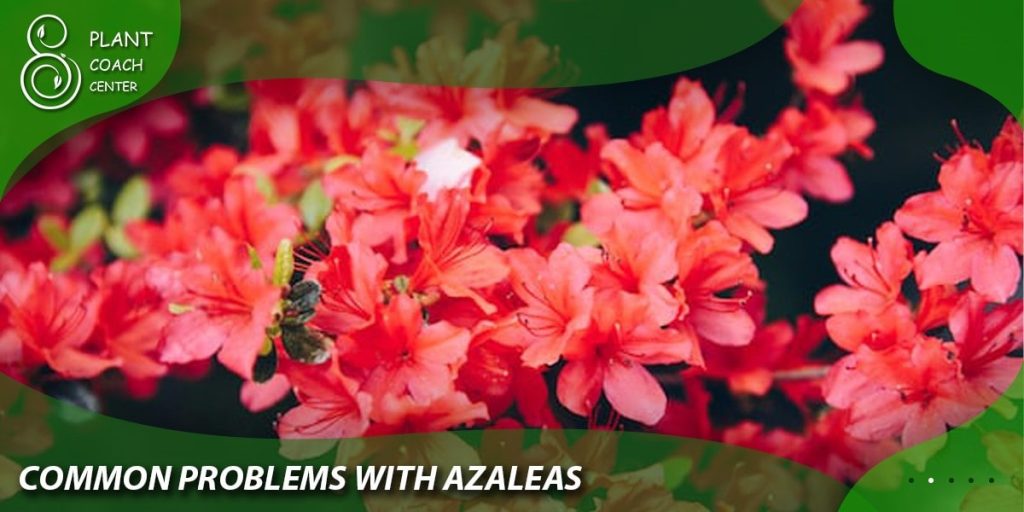
Common Problems with Azaleas
Azaleas are susceptible to a variety of problems, including pests, diseases, and environmental stress. It’s important to be able to identify and diagnose these problems in order to take appropriate action.
Overview of common azalea problems: Common problems with azaleas include insect pests like lace bugs and spider mites, fungal diseases like powdery mildew and rust, and environmental stressors like drought and frost damage.
How to identify and diagnose problems: Look for specific symptoms and signs of common problems, such as wilting leaves or discolored spots.
Solutions and preventative measures for common problems: Use organic pest control methods, improve soil health, and provide adequate water and nutrients to prevent and manage common problems.
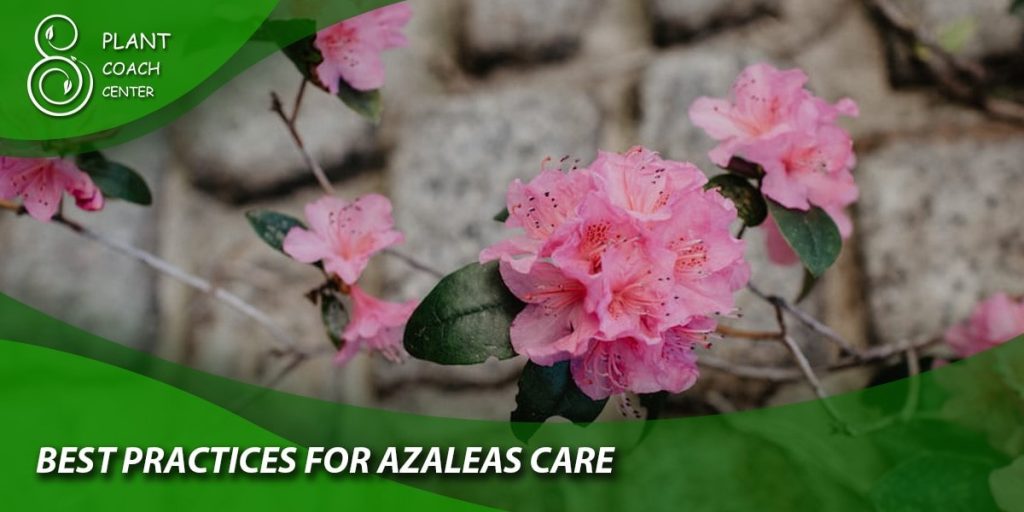
Best Practices for Azalea Care
Proper azalea care is key to maintaining healthy, beautiful plants. This includes soil preparation and fertilization, watering and irrigation, pest and disease management, and pruning and trimming.
Soil preparation and fertilization: Test soil pH and add organic matter and fertilizer as needed.
Watering and irrigation: Provide consistent moisture and avoid overwatering to prevent root rot.
Pest and disease management: Use organic pest control methods and regularly inspect plants for signs of problems.
Pruning and trimming: Follow the best practices outlined above for optimal azalea health and bloom production.
Conclusion
Trimming azaleas is an important part of maintaining these beautiful plants in the landscape. By understanding the best time to trim azaleas, the techniques for pruning them, and the dos and don’ts of azalea pruning, you can help your azaleas to thrive and produce abundant blooms.
Additionally, by caring for your azaleas after pruning and addressing any common problems promptly, you can keep them looking healthy and beautiful for years to come. For more information on plant care, visit plantcoachcenter.com.
When do you trim azaleas?
Spring or after blooming.
Can azaleas be trimmed in summer?
Not recommended.
Is fall a good time to trim azaleas?
No, it's best to avoid fall trimming.
Should azaleas be pruned in winter?
Winter pruning is not recommended.


